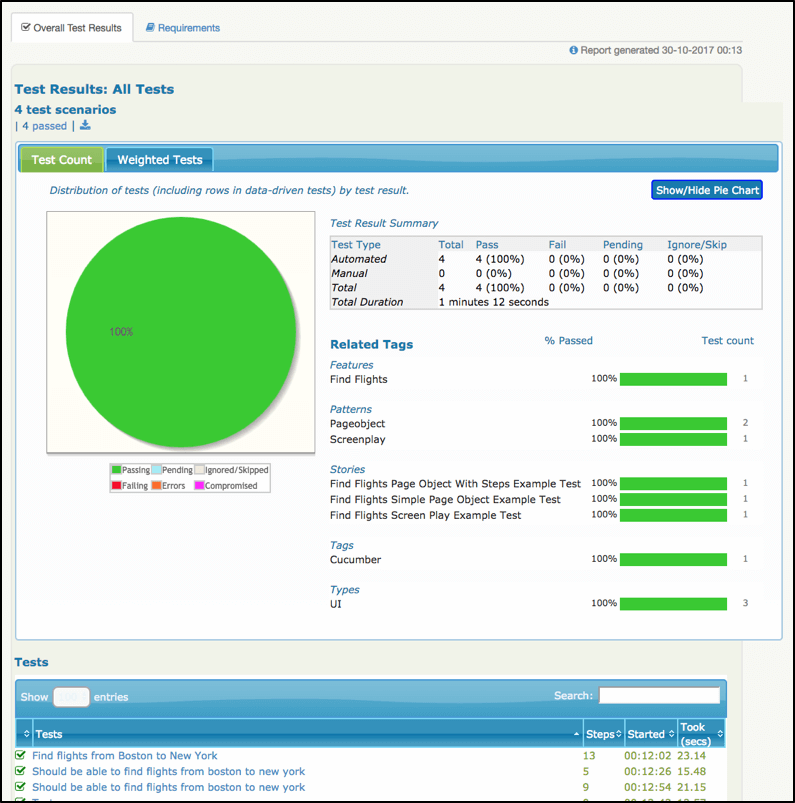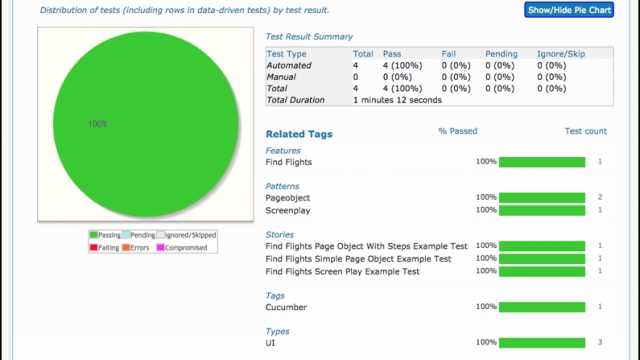
In today’s fast-paced digital landscape, software development cycles are becoming increasingly compressed, demanding quick yet reliable testing processes. This is where the significance of rapid test automation comes into play, offering a solution to expedite testing procedures without compromising quality. By harnessing the power of test automation tools, organizations can streamline their testing efforts and enhance efficiency throughout the software development life cycle.
The evolution of technology has led to a rise in the complexity of software applications, making manual testing methods inefficient and time-consuming. Rapid test automation provides a remedy by automating repetitive testing tasks, allowing testers to focus on more critical aspects of the software. These test automation tools not only accelerate the testing process but also improve test coverage and accuracy, leading to higher-quality software releases.
Benefits of Rapid Test Automation
Test Automation IDE
Automating the testing process with rapid test automation tools can significantly increase efficiency. By automating repetitive tasks, teams can save valuable time and resources, allowing them to focus on more strategic aspects of software testing.
One of the key benefits of rapid test automation is the ability to run tests quickly and continuously. This not only speeds up the testing process but also helps in identifying bugs and issues early on in the development cycle, leading to faster feedback and resolution.
Moreover, rapid test automation tools enable teams to achieve higher test coverage by running a large number of test cases in a short amount of time. This thorough testing approach helps in improving the overall quality of the software product, resulting in a more robust and reliable end product.
Top Features to Look for in Test Automation Tools
When selecting a test automation tool, one crucial feature to consider is cross-platform compatibility. Ensuring that the tool supports testing across various operating systems, web browsers, and mobile devices can significantly enhance testing coverage and efficiency.
Another key feature to prioritize is robust reporting and analytics capabilities. A tool that provides detailed insights into test results, performance metrics, and trends can empower teams to make data-driven decisions, optimize testing strategies, and improve overall software quality.
In addition, integration with popular continuous integration and delivery tools is vital for seamless test automation workflows. Look for automation tools that can easily integrate with CI/CD pipelines, version control systems, and other software development tools to streamline the testing process and enhance collaboration within the team.
Best Practices for Implementing Rapid Test Automation
When implementing rapid test automation, it is crucial to start by clearly defining the objectives and scope of the automation effort. This involves identifying which tests will provide the most value when automated and establishing metrics to measure the success of the automation initiative.
Next, teams should prioritize collaboration between developers, testers, and other stakeholders to ensure that automation efforts are aligned with overall project goals. Regular communication and feedback loops help in refining test cases and strategies for maximum efficiency.
Lastly, continuous monitoring and evaluation of the automation process are essential to identify areas for improvement and optimize testing efficiency. Leveraging analytics and metrics can help in making data-driven decisions to enhance the effectiveness of rapid test automation tools.

